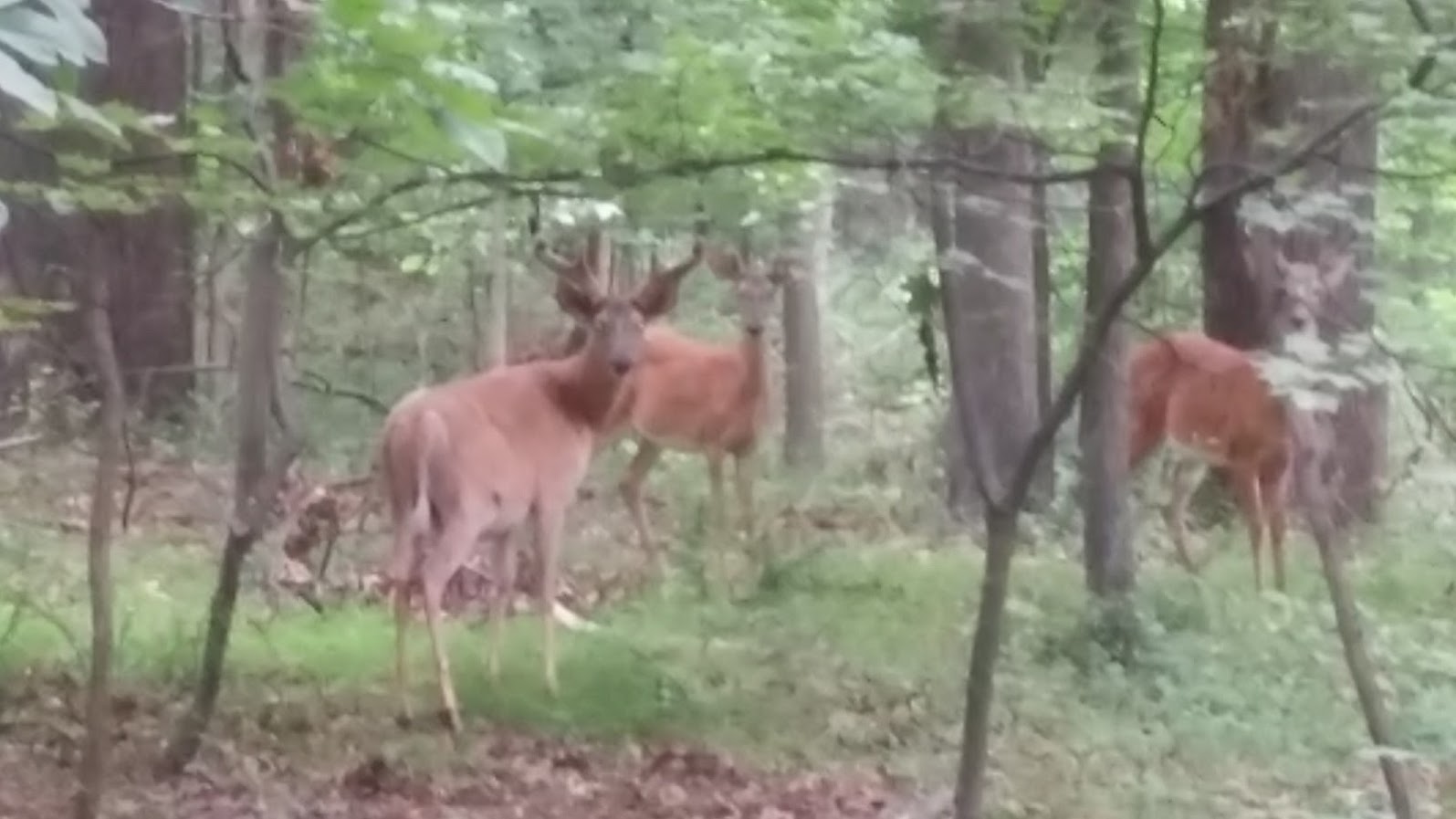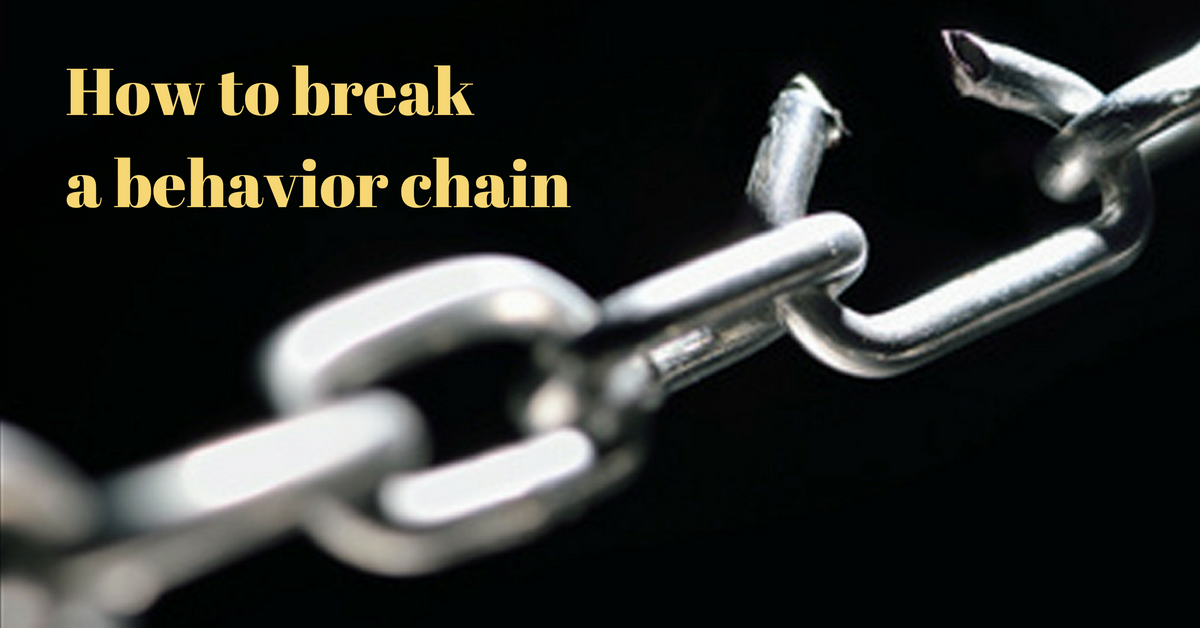A few weeks ago, a behavior popped up after a long absence: finger licking and face rubbing. Having already dealt with this once before, I was ready to tackle it again.
This time, my son (nonverbal, severe autism) added a new twist – a much more complex presentation of this behavior: he licked his fingers and rubbed vigorously around his mouth with one hand, then the other hand, and finished up by frantically rubbing his fingers together. The skin around his mouth was red and rubbed raw, with tiny white blisters popping up on his cheeks.
It took three long walks over three days to address this issue (often I use long walks as a time to work on behaviors). My plan was to tag and reinforce Hands Down behavior, also described in the previous post.
First Objective: Observe
On the first walk, I observed the behavior and saw that the licking/rubbing behavior chain was as follows:
- Licked fingers of right hand.
- Rubbed fingers around mouth.
- Licked fingers of left hand.
- Rubbed fingers around mouth.
- Rubbed fingers of both hands vigorously together.
This behavior chain was remarkably consistent. Every time he engaged in the behavior, it followed this pattern. Also, this chain was done at a high rate of speed. At first glance it looked like a blur of motion; careful scrutiny showed the actual steps in the chain.
Second Objective: Develop a Plan
I looked for opportunities to tag and reinforce Hands Down behavior and soon spotted them. Further observation showed that the complete behavior chain was actually more complex, as follows:
- Licked fingers of right hand.
- Rubbed fingers of right hand around mouth.
- Right hand down!
- Licked fingers of left hand.
- Rubbed fingers of left hand around mouth.
- Left hand down!
- Rubbed fingers of both hands vigorously together.
- Both Hands Down!
 Suddenly I had three clear opportunities to tag and reinforce the desired behavior, Hands Down, since they were already occurring in this seven-step behavior chain! Off we went through the woods.
Suddenly I had three clear opportunities to tag and reinforce the desired behavior, Hands Down, since they were already occurring in this seven-step behavior chain! Off we went through the woods.
First Day – Minimal Change
During the first walk, I tagged and reinforced each of the three instances of Hands Down behavior during the licking/rubbing chain. There was a lot of licking and rubbing and not much progress in decreasing the behavior on the first day.
Second Day – Some Progress
I continued tagging Hands Down at the three opportunities during the behavior chain. I observed that the last behavior in the chain, rubbing fingers together, was much shorter in time. The full behavior chain was still happening, but the last finger-rubbing behavior (#7) was decreasing in duration. Progress!
Third Day — Victory
The third day saw remarkable progress! The behavior chain continued to diminish rapidly: the rubbing-fingers-together behavior (#7) disappeared completely. The licking/rubbing with left hand (#5) shortened in duration and soon after that the licking/rubbing with right hand (#2) shortened.
By the end of the walk, the entire behavior chain was gone. For the last half of the walk there was no licking or rubbing at all. He walked quietly and happily along the path, and we even spotted some deer.
A day or two later, the skin on his face had healed completely.
Conclusion
TAGteach, again, was a successful way to address this damaging behavior. In three days, the behavior was gone.
For me, the most interesting aspect was watching the behavior chain deteriorate from the end of the chain, as opposed to the beginning of the chain. I observed the same thing when addressing a self-stimulatory coughing behavior some time ago. Now I know to look out for this.
Why is a behavior chain weakest at the end?
I’ve noticed twice now that when changing a behavior chain, the behaviors at the end of the chain disappear first. The reason for this is that the last behaviors in the chains are the weakest. This is true of most behavior chains. The first parts of the chain are practiced every time the chain occurs. As the chain becomes longer, more behaviors are added and at every occurrence the first behavior is practiced. The behavior at the end of the chain has been performed fewer times than the one at the beginning. Thus, when the chain starts to break down, it is the least-practiced behaviors at the end that decrease first.
Do you have questions about dealing with a behavior? If so, contact me here.
What is TAGteach?
TAGteach stands for Teaching with Acoustical Guidance. TAGteach is a teaching and communication method based on the scientific principles of Applied Behavior Analysis (ABA).
TAGteach enables extremely precise positive reinforcement of behavior by using an acoustical signal to “mark” the behavior – at the precise moment the child performs the behavior! The acoustical signal is a short, sharp sound made by a handheld device (the “tagger”). When the child performs the correct action, the parent/instructor immediately presses the button on the tagger and hands over a treat (candy, treat, token, praise, social recognition, or money) as a reinforcer.
With TAGteach, it is easy to reinforce behaviors precisely, quickly, and intensively. The immediate, accurate feedback and positive reinforcement result in the child performing the correct action more often, and for longer periods of time. With immediate feedback and learning tasks broken down into small steps, children (and adults) can learn many new skills with TAGteach — at their own pace.
To learn more about this effective, low-cost method visit TAGteach International or Chaos to Calm
Join the free TAGteach for Learning, Behavior, and Autism Facebook group
TAGteach taggers available here and i-Clicks available here
See Martha’s book about TAGteach for Autism or feel free to ask me a question (with no obligation).
Sign up for my mailing list to receive updates, new articles and free tips right in your inbox!
If you liked this post, please share it. Thank you!


Hi,
I have my 7 year old who flicks fingers in his face while rotating his eyes at the same time making shishishi sounds. This happens mainly during academic times. He is missing out in school a lot. I have tried to give him a shishing(stimming) break after paying attention. It has not worked for over 2 Year’s now.
I would like to try this method. Do you know how I can go about it? I need help.
Thank you!